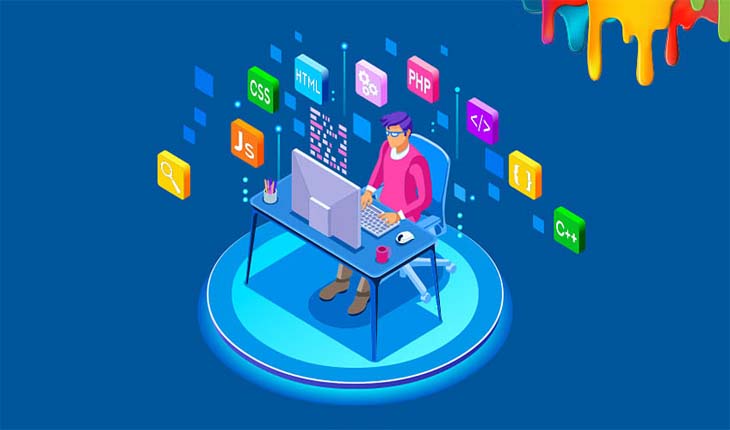A full stack web development course covers both front-end and back-end technologies. This comprehensive training equips students with the skills needed to create dynamic and interactive websites. By learning about both aspects of web development, students are better prepared to work on a variety of projects and understand the full scope of building a website. This holistic approach ensures a well-rounded understanding of web development, making graduates versatile and competitive in the job market. Best Course to Learn Full Stack Web Development
A full stack web development course typically covers a range of programming languages, frameworks, and tools essential for both front-end and back-end development. Students learn how to design user interfaces, develop server-side logic, manage databases, and deploy web applications. By gaining proficiency in multiple areas of web development, graduates of such courses are well-equipped to handle the complexities of modern web projects and adapt to the evolving demands of the industry. This comprehensive skill set not only enhances their employability but also allows them to pursue diverse career paths in web development.
Moreover, a full stack web development course often includes modules on version control systems, testing methodologies, and project management tools to provide students with a well-rounded skill set. Understanding these additional aspects of web development enables graduates to collaborate effectively with team members, streamline project workflows, and deliver high-quality results. By incorporating these elements into their training, students are not only proficient in technical skills but also equipped with the soft skills necessary for successful web development projects in a professional setting. Best Course to Learn Full Stack Web Development
Full Stack Web Development Course Outline
- Hyper Text Mark Up Language (HTML)
- Cascading Styling Sheet (CSS)
- SQL & MYSQL
- Responsive Website With Bootstrap
- Learn Advanced Javascript
- Advance Level Of PHP
- Domain And Hosting
- Dynamic Website
- Overview Of Angular
- Web pages( dynamic and static )
- Tool used in web development
- Client side and server side languages
- Database Creation
- Configuration of APACHE and PHP
- Dream Viewer
- PHP Basics
- Conditions and Branches
- Variables and Arrays
- MySQL command Interpreter
- Modifying a database
- Introduction to framework
What is full stack web development ?
Full stack development refers to the practice of building both the front-end and back-end components of a web application or website. A full stack developer has expertise in multiple layers of the technology stack, including the user interface, application logic, database, and server. This allows them to oversee the entire development lifecycle of a project, from initial design to deployment.
On the front-end, full stack developers are skilled in client-side languages and frameworks such as HTML, CSS, JavaScript, and React or Angular. They use these tools to build the visual elements and interactive features that users directly engage with. On the back-end, full stack developers work with server-side technologies like Node.js, Python, or PHP to handle functions like data storage, API integrations, and business logic. They also often have experience with databases like MySQL or MongoDB.
The ability to work across the entire technology stack is what distinguishes full stack developers from more specialized front-end or back-end engineers. This breadth of knowledge allows them to make more informed decisions, streamline the development process, and deliver end-to-end solutions. As web applications become increasingly complex, the role of the full stack developer continues to grow in importance for companies looking to build robust, scalable digital products. Best Course to Learn Full Stack Web Development

